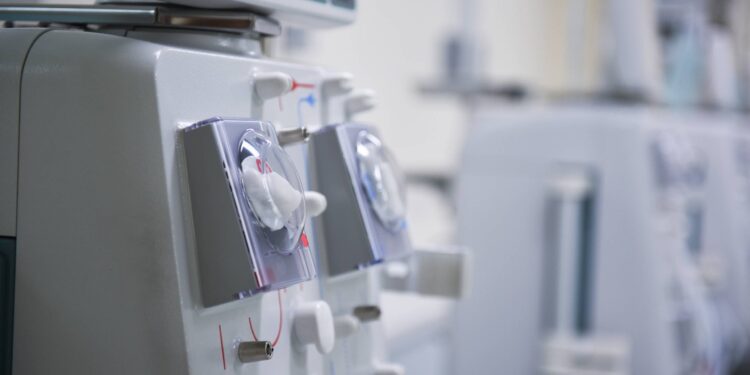Replacing old medical equipment is a regular occurrence in many healthcare facilities. Maybe you’ve discovered one of the common signs that it’s time to replace an ultrasound probe or an MRI machine that recently broke down. No matter the scenario, you’ll need to know some things before replacing old medical equipment. In this guide, we discuss key considerations healthcare professionals should keep in mind during this process.
The Cost of Replacement
One of the most pressing concerns for any team in a healthcare facility is the cost involved in replacing old medical equipment. New medical devices can be expensive, so it’s important to evaluate whether the investment will provide a good return.
Think about the upfront cost and the long-term benefits. For instance, new equipment often has better efficiency and longer lifespans than outdated models, potentially reducing future expenses. Additionally, some manufacturers offer financing options or leasing agreements that can make the cost more manageable.
Training for Personnel
New medical equipment often comes with advanced features and functionalities that your staff may not be familiar with. Training your team ensures all qualified personnel can operate the equipment safely. This might require scheduling training sessions or even hiring specialized staff in some cases.
It’s also worth considering whether the manufacturer provides comprehensive training as part of the purchase package. Investing in training can reduce the risk of errors and improve patient care.
Available Space
Space is often at a premium in healthcare facilities, so consider the physical footprint of new equipment. New devices tend to be compact, but this isn’t always the case for machines that include a variety of new features.
You should always measure the dimensions of both the equipment and the available space to ensure it will fit. Don’t forget to account for the clearance for operating and maintaining the equipment! In some cases, you might need to rearrange existing equipment or even renovate entire rooms to accommodate the new device. Planning for these changes can minimize disruptions to your facility’s operations down the road.
Software Upgrades
Another thing to know before replacing old medical equipment is that many modern machines rely on sophisticated software to function. Before buying the newest option on the market, you’ll need to consider whether your current IT infrastructure can support the new software.
If it doesn’t, you might need to consider upgrading your network and servers to accommodate it. Additionally, think about software updates and maintenance. Ensure that your IT team is prepared to handle these upgrades, and establish a plan to make the necessary changes for the updated equipment.















